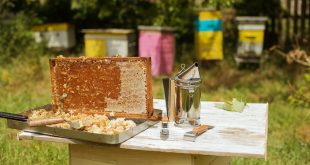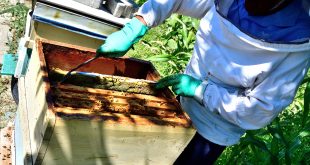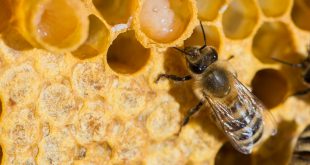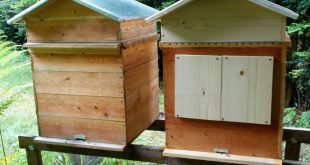Discover the art of frame wiring in beekeeping! Our latest article at BeeKeepClub dives into the world of bee frame wiring jigs. Whether you're a novice beekeeper or a seasoned pro, learn how a wiring jig can streamline your hive maintenance, ensuring sturdy and reliable frames for your bees. We cover the basics, and the benefits, and provide step-by-step guidance on using a wiring jig effectively. Enhance your beekeeping skills and ensure the well-being of your colony with this essential tool.
Read More »BeeKeepClub’s Beekeeping Blog
Is Harvesting Honey Bad for Bees?
Explore the ethical and environmental aspects of honey harvesting with our thought-provoking article. It addresses a common concern: Is harvesting honey harmful to bees? This piece provides a balanced view, discussing how responsible beekeeping practices can ensure that honey is harvested without negatively impacting bee colonies. Learn about sustainable harvesting techniques that prioritize the well-being of bees, contributing to both their health and the ecosystem.
Read More »Maintaining Hygiene in the Beehive
Maintain the health and productivity of your beehives with our essential guide on hive hygiene. Our article provides vital tips and practices for keeping your hives clean and disease-free. This is a must-read for beekeepers who aim to ensure a thriving environment for their bees, focusing on cleanliness and preventive care to ward off potential issues.
Read More »How to Harvest Royal Jelly – Beginner’s Guide
Step into the fascinating world of royal jelly production with our beginner's guide to harvesting royal jelly. This comprehensive article is perfect for beekeepers curious about this highly nutritious bee secretion. Learn the intricacies of harvesting royal jelly from your hives, including the preparation, tools, and techniques needed to do it effectively and safely. The guide also touches on the benefits of royal jelly and how to properly store this valuable product to preserve its quality.
Read More »Introduction to the Perone Beehive
Explore the Perone Beehive, a hive design promoting natural beekeeping, with our detailed article. This hive is perfect for beekeepers who prefer minimal intervention, emulating bees' natural living conditions. Learn about the Perone Beehive's structure, benefits, and how it aligns with the principles of sustainable and ethical beekeeping.
Read More » BeeKeepClub Resources and Guides for Beekeepers
BeeKeepClub Resources and Guides for Beekeepers





